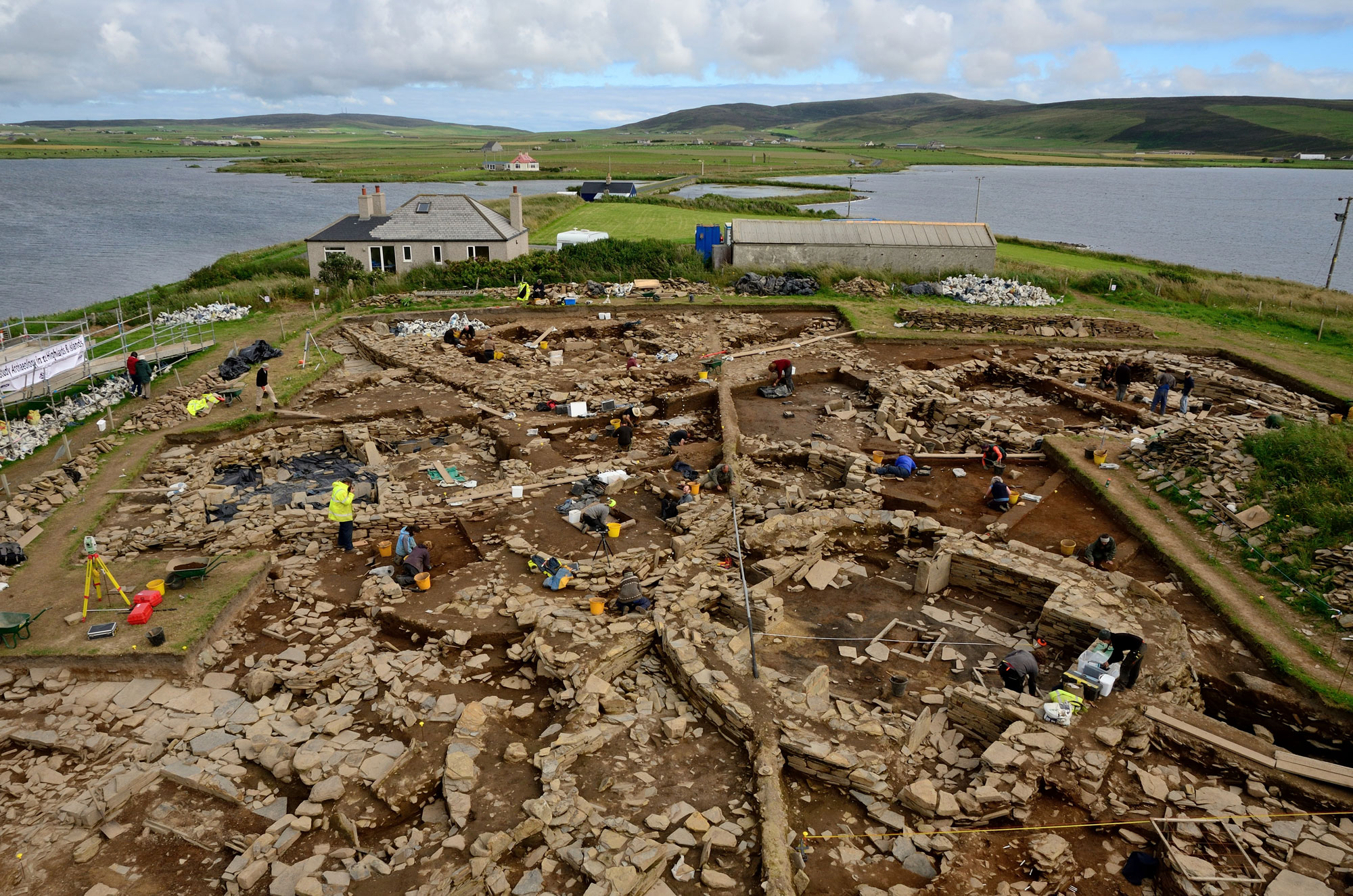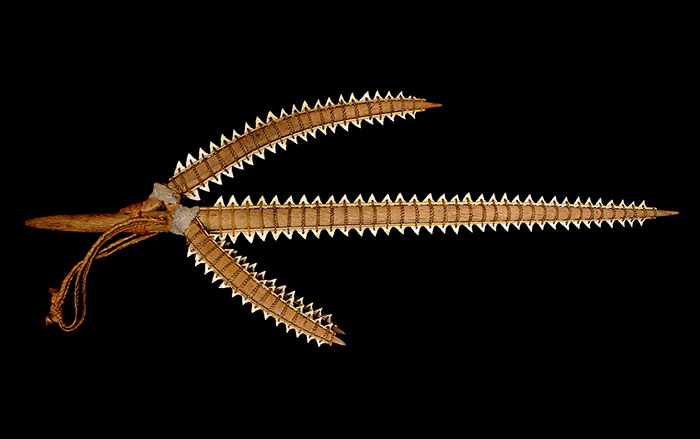Scientists have recently uncovered evidence of a couple of instances of ingenious dental work in the ancient world. A team led by Federico Bernardini of the International Center for Theoretical Physics in Trieste, Italy, used a variety of techniques including CT scans and mass spectrometry to show that a 6,500-year-old skull found at the site of Lonche in Slovenia contains a cracked tooth that had been filled with beeswax—the oldest dental filling yet discovered. A similarly inventive technique was used on an Egyptian man whose mummified body dates to around 2,100 years ago. Andrew Wade of the University of Western Ontario led a group of researchers who found that the man had numerous cavities, the largest of which had been packed with linen. Unfortunately, the idea of using woven plant fibers to make dental floss was still millennia away.
Fixing Ancient Toothaches
Recommended Articles
Off the Grid January/February 2026
Prophetstown, Indiana

Letter from France January/February 2026
Neolithic Cultural Revolution
How farmers came together to build Europe’s most grandiose funerary monuments some 7,000 years ago

Features January/February 2026
The Cost of Doing Business
Piecing together the Roman empire’s longest known inscription—a peculiarly precise inventory of prices

Features January/February 2026
The Birds of Amarna
An Egyptian princess seeks sanctuary in her private palace

-
Features January/February 2013
Neolithic Europe's Remote Heart
One thousand years of spirituality, innovation, and social development emerge from a ceremonial center on the Scottish archipelago of Orkney
 Adam Stanford/Aerial Cam
Adam Stanford/Aerial Cam -
Features January/February 2013
The Water Temple of Inca-Caranqui
Hydraulic engineering was the key to winning the hearts and minds of a conquered people
 (Courtesy Tamara L. Bray)
(Courtesy Tamara L. Bray) -
Letter from France January/February 2013
Structural Integrity
Nearly 20 years of investigation at two rock shelters in southwestern France reveal the well-organized domestic spaces of Europe's earliest modern humans

-
Artifacts January/February 2013
Pacific Islands Trident
A mid-nineteenth-century trident illustrates a changing marine ecosystem in the South Pacific
 (Catalog Number 99071 © The Field Museum, [CL000_99071_Overall], Photographer Christopher J. Philipp)
(Catalog Number 99071 © The Field Museum, [CL000_99071_Overall], Photographer Christopher J. Philipp)

